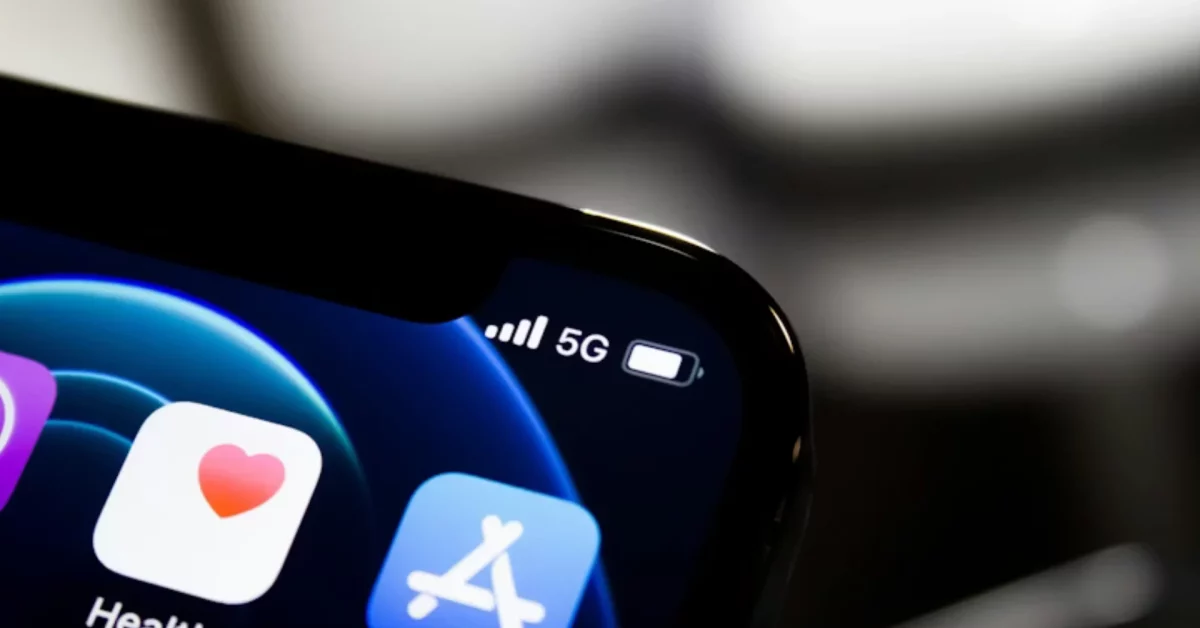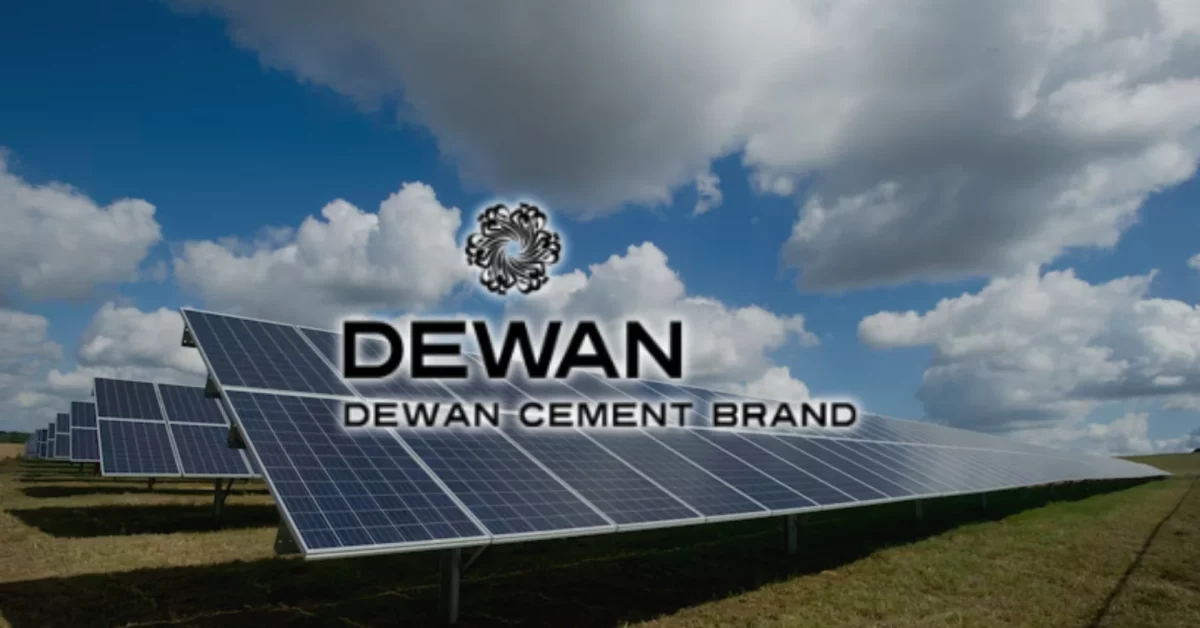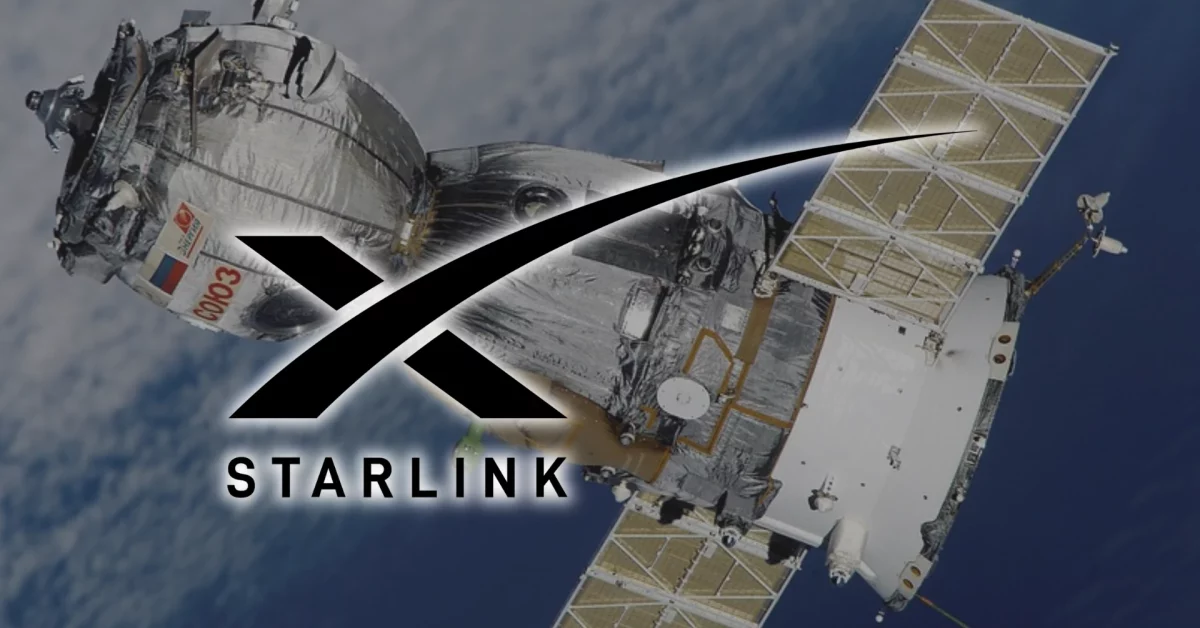
Investing in Revolutionary Technology | Conversations@Jazz
June 16, 2020
Mental Health During COVID-19 | Conversations@Jazz
July 9, 2020GSMA Releases New Reports
1. The Mobile Economy Asia Pacific 2020 Report
The digital ecosystem across Asia Pacific has proved vital in the response to recent global challenges, especially the Covid-19 pandemic. Participants from the entire digital value chain – including operators, vendors, internet players and governments – are pulling together to ensure the most positive outcome possible. As a side effect of the pandemic, Mobile operators have been granted a unique opportunity with a boost in the adoption of mature/quality-based services e.g. video calling for business, online collaboration tools, video streaming, e-commerce and mobile payments.
Meanwhile, 5G continues to gather pace across the region, with nine markets having launched commercial mobile 5G services and 12 more officially announcing plans to do so. This makes Asia Pacific home to some of the most advanced 5G markets in the world, with countries such as Australia, China, Japan, Malaysia, Singapore and South Korea all aiming to be global leaders in 5G.
2. Opening the cloud network: click and collect
The shift towards telecoms networks based on open and virtualised technologies continues to gain momentum. This was highlighted recently by Rakuten’s network launch in Japan and its subsequent plan to sell network capabilities to customers across the globe. Although it is important not to conflate open and virtual networks (‘virtual’ does not necessarily mean open interfaces), both technologies underscore the intention of operators to reduce vendor lock-in, scale networks up and down to match demand more easily, reduce costs and accelerate service innovation. We look closely at the Rakuten model to understand the impact it could have on the wider landscape for network transformation.
3. The 5G era for operators: investing in core networks, capturing B2B opportunities
The 5G era has driven renewed interest in B2B as enterprise use cases are seen as the incremental opportunity to monetise 5G networks and service deployments. To drive B2B revenue growth, operators need a clear proposition that targets the digital transformation of industries and enterprises – one that integrates nascent 5G networks with services beyond connectivity.
4. Device portfolios and strategies in the 5G era
A changing landscape, an approaching tipping point and a shifting balance of channels. The 5G era marks a deeper and more fluid competitive device landscape than in the LTE era. But how are operators adjusting their device portfolio strategies, and how could new vendors help move the market towards the tipping point for mass-market adoption of 5G? The latest Operator Insights Survey from GSMA Intelligence examined operator strategies for device portfolios, diving deep into roster plans and priorities, including device features, pricing and distribution, and market expectations.






